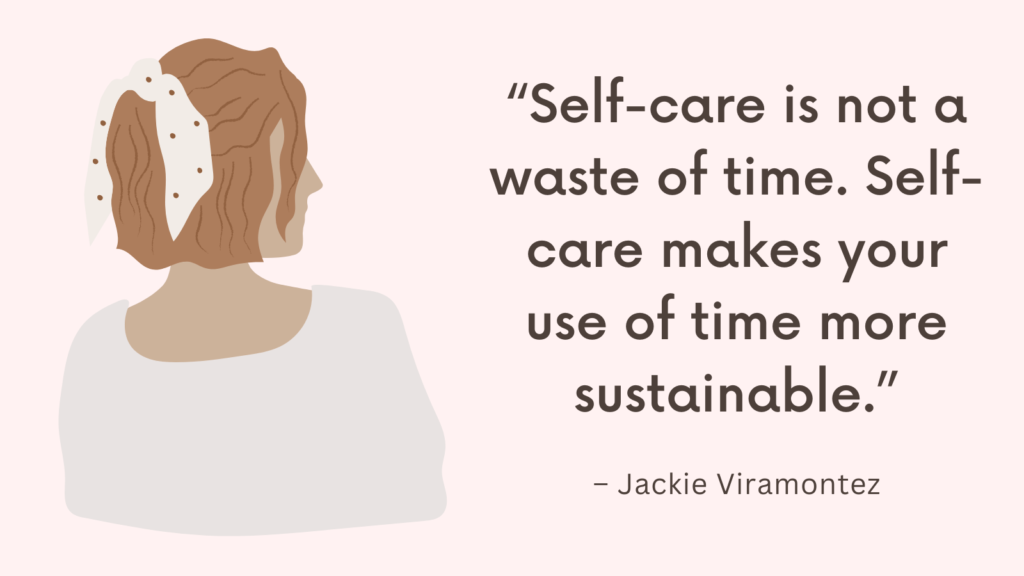In this post, you’ll learn the difference between caregiver burnout and compassion fatigue.
What Is Caregiver Burnout?
Caregiver burnout refers to a state of physical, mental, and emotional exhaustion that caregivers experience when they are consistently providing care and support to others, often without taking sufficient care of themselves.
It can occur in both professional caregivers and individuals caring for loved ones at home.
Caregiver burnout typically develops gradually over time as a result of chronic stress and high demands associated with the caregiving role.
Here are some key points about caregiver burnout:
1. Symptoms
Caregiver burnout can manifest in various ways, including:
- Feelings of overwhelming fatigue,
- Irritability,
- Decreased motivation,
- Changes in sleep patterns,
- Increased physical ailments,
- Neglecting personal needs,
- Social withdrawal, and
- A sense of hopelessness or helplessness.
2. Causes
Caregiver burnout can stem from many factors, such as:
- The demanding nature of caregiving responsibilities,
- Lack of support or respite,
- Financial strain, role strain (balancing multiple responsibilities), and
- Limited control or decision-making power.
3. Risk Factors
Certain factors increase the likelihood of experiencing caregiver burnout. These include:
- Being a primary caregiver,
- Having little respite or support,
- Dealing with a loved one’s chronic illness or cognitive decline,
- Feeling isolated, and
- Experiencing personal health challenges.
Related: Compassion Fatigue Self Test
What Is Compassion Fatigue?
Compassion fatigue, also known as secondary traumatic stress, is a psychological condition that can affect individuals who work in caregiving or helping professions.
It is the emotional and physical exhaustion that results from working with individuals who are suffering or experiencing trauma.
Caregivers, healthcare professionals, social workers, therapists, and other helping professionals are particularly at risk of developing compassion fatigue.
Key points about compassion fatigue include:
1. Symptoms
Compassion fatigue is characterized by a combination of physical, emotional, and cognitive symptoms. These can include:
- Persistent fatigue,
- Feelings of cynicism or detachment,
- Reduced empathy, irritability,
- Mood swings,
- Difficulty concentrating or making decisions,
- Intrusive thoughts related to work,
- Sleep disturbances, and
- A sense of hopelessness or helplessness.
2. Causes
Compassion fatigue arises from repeated exposure to others’ suffering or trauma, leading to empathetic distress and emotional drain.
This constant exposure without sufficient self-care or support can gradually erode a person’s resilience and well-being.
3. Risk Factors
Factors that increase the risk of developing compassion fatigue include:
- high stress levels,
- long working hours,
- a lack of work-life balance,
- limited resources,
- witnessing or hearing about traumatic events repeatedly, and
- personal experiences of trauma or loss.
Related: Best 10 Compassion Fatigue Books
Caregiver Burnout vs Compassion Fatigue
While the core experiences of burnout and compassion fatigue overlap, the key distinction lies in their origins.
Caregiver burnout is typically associated with the challenges and strains of providing care to a loved one, often in a non-professional capacity.
On the other hand, compassion fatigue primarily affects professionals who are regularly exposed to the traumatic stories and experiences of others in their work.
Both caregiver burnout and compassion fatigue are serious issues that can impact an individual’s well-being and ability to provide effective care.
It is important to recognize the signs and seek support when experiencing either of these conditions.
Self-care, setting boundaries, seeking help, and practicing stress management techniques are crucial for preventing and managing both caregiver burnout and compassion fatigue.
Related: How Resilience Works? Top 10 Powerful Ways to Stay Healthy and Happy During Tough Times




